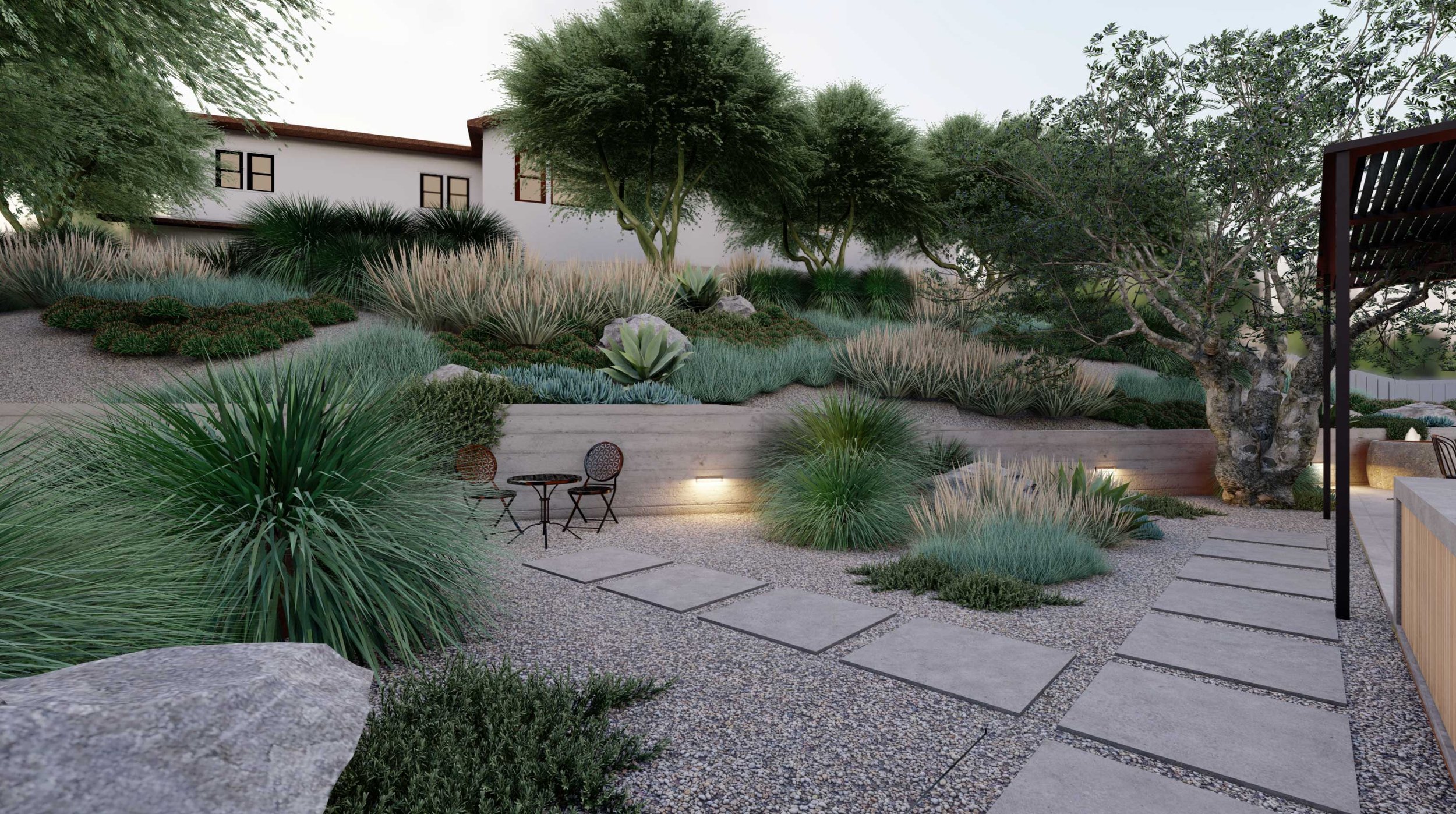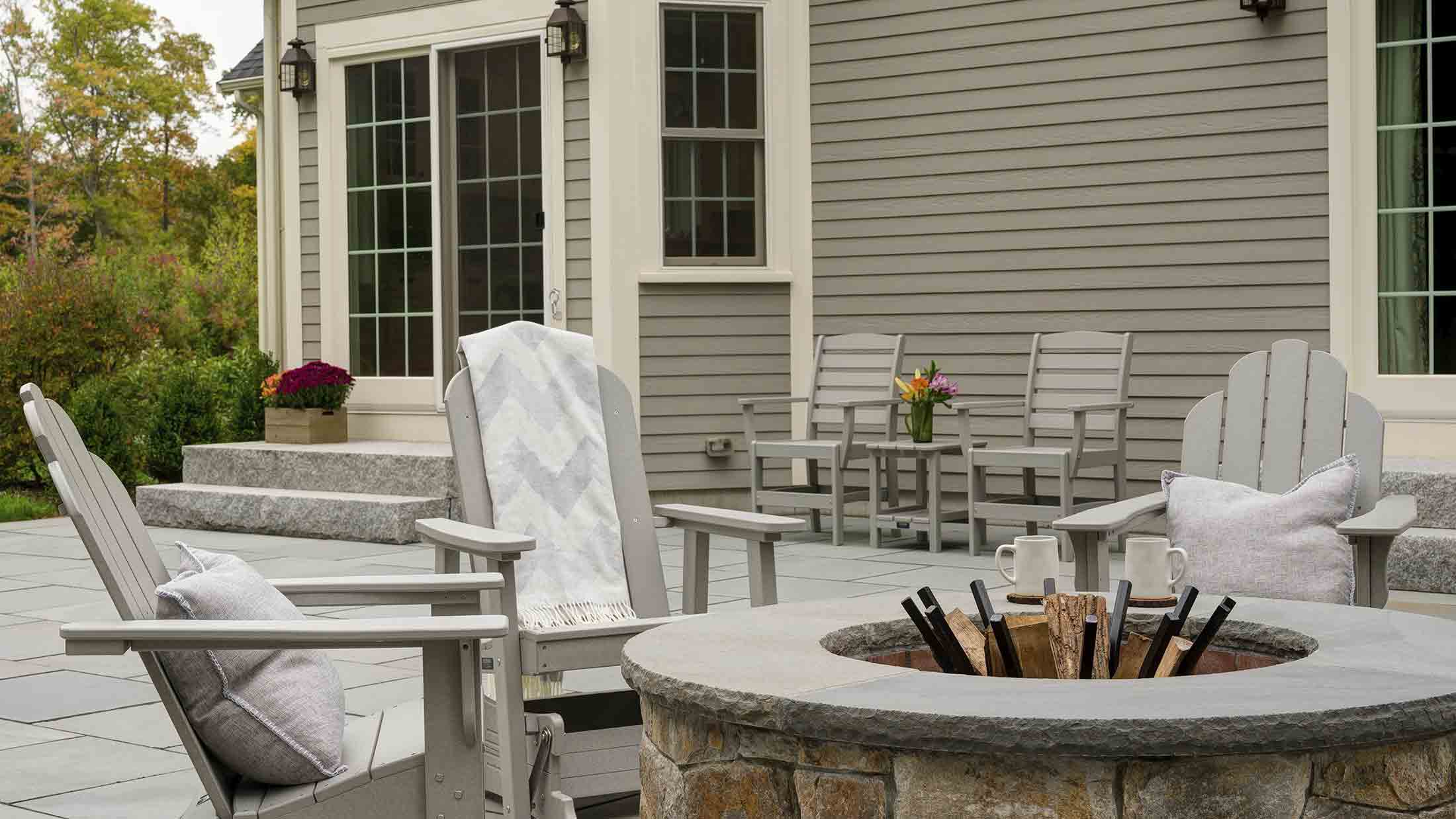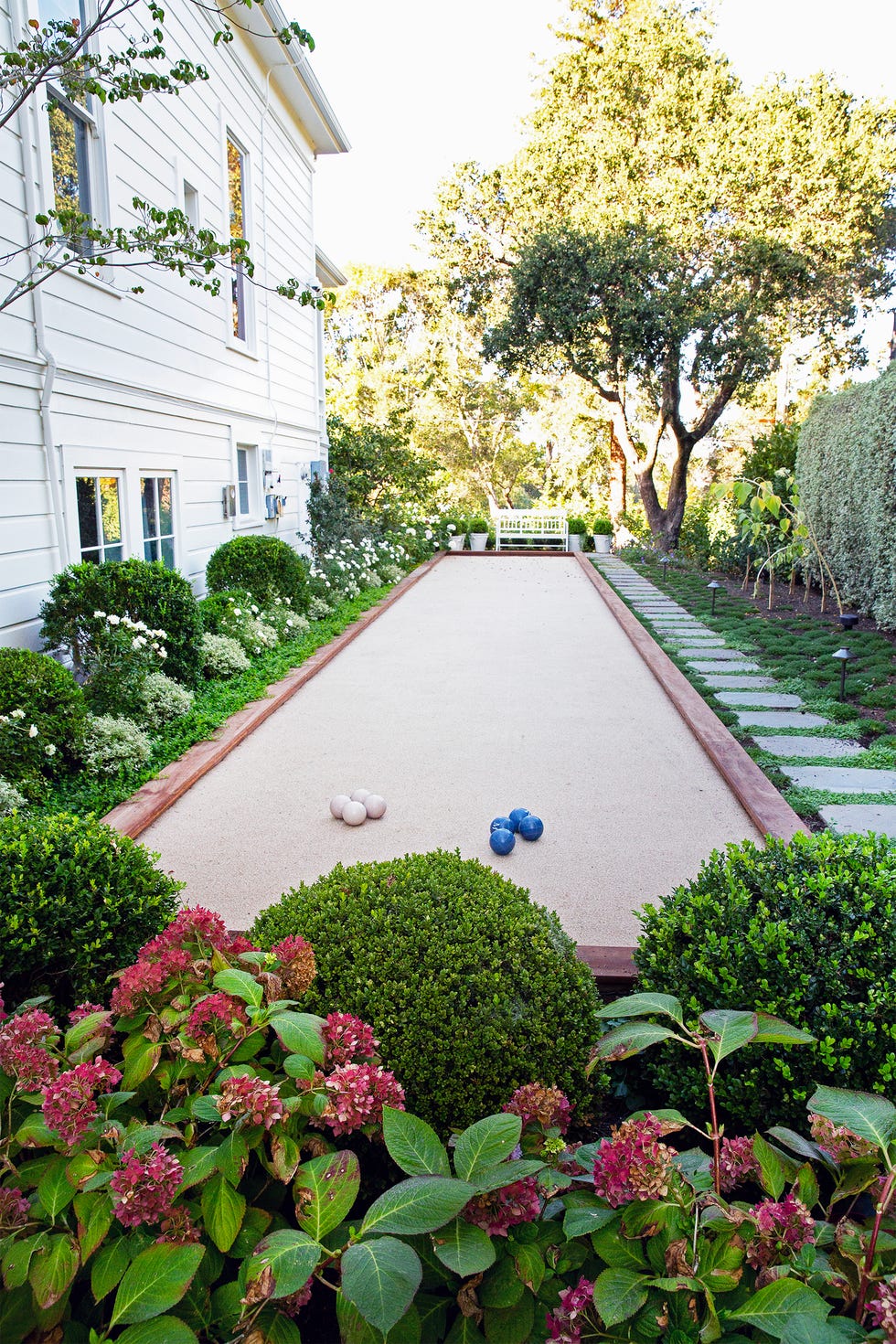The Basic Principles Of Landscapers
The Basic Principles Of Landscapers
Blog Article
Some Known Facts About Landscapers.
Table of ContentsLandscapers Fundamentals ExplainedSome Of LandscapersThe Ultimate Guide To LandscapersThe Greatest Guide To LandscapersLandscapers for Beginners
In the PNW there are semi-deciduous or semi-evergreen plants that may shed their fallen leaves depending on exactly how cool the winter season is. - A flat event room, made of timber or composite material (made to look like timber), normally surrounding or affixed to a framework.

This is an all-natural procedure, and the result can be made use of for paths and patio areas. - Secret landscape attributes being suggested in a landscape design plan.
Landscapers - Questions
These objectives guide the design procedure, not the developer's design or choices. Typical layout purposes in Portland are reduced maintenance, drought tolerant, and animal friendly. - Process for removing or thinning the dead lower level of a fully grown yard. Thatch is turf that has passed away and accumulated below the green blades.
Over time this layer can obtain extremely thick and make it challenging for water, sunlight, and nutrients to obtain to parts of the lawn.- The procedure of accumulating and controlling the flow of water on a home. This can be performed with grading, French drains pipes, dry wells, absorptive surfaces, sump pump, rain gardens, and a lot more.
- A slow feeding watering system that uses flexible tubing and emitters to send a precise quantity of water to each plant. - The capability of a plant to survive without much summer season water.
- A yard feature where water is stood for by an aggregate stone product, generally a crushed rock or granite. These are most typically discovered in modern and Japanese yard layout.- A rock or natural flagstone outdoor patio, path, or pathway built without a concrete base. The base would certainly be compacted crushed rock and the joints would certainly be an aggregate or walkable ground cover.
The smart Trick of Landscapers That Nobody is Talking About
- A stone keeping or complimentary standing wall surface developed without the use of mortar. - An underground structure that gather water and permits it to reduce percolate into the dirt around it.
Landscape style that is compatible with a websites' setting in both appearance and sustainability without negative impacts to the environment. Edging in the landscape is a line of demarcation that develops visual passion in the garden by separating one sector from another segment.
Locations can also sense of "unit" supplied by trees, various other plantings, fencings, or screens. The landscape near the entry to a structure. A tree, shrub or creeping plant, trained to expand on a wall or fencing into a specific pattern. Specifically useful for fruit trees, making it simple to gather the fruit and containing mess.
A plant that is not indigenous to the area where it will be grown. Not all "exotics" are intrusive or dangerous, and numerous can be well behaved or dry spell tolerant (Landscapers). A mass planting of brushes. Thicker bladed turf yard that spread out via rhizomes.: The level of dirt on your residential or commercial property before bark dust or garden compost is spread out.
The Landscapers Diaries

The objective, reason, or action that an area is be landscaped check my blog for. Space for expanding plants for checking out, consuming, or physical task.
Rock item, either rounded or fractured, that is reasonably small- typically 1" or much less. Reduced plants that are permitted or motivated to spread over an area. Can describe any "difficult" yard components including statuary or rocks however a lot of generally is used to refer to courses, patios, and walls.: Elevation difference in between the level of water in a pond (or the level of the pump if it rests outside the pond) and the top outlet of water which impacts efficiency of the water pump in gph (gallons per hour). Thick hedges or trees that create a fencing, screen, or border.

The 8-Minute Rule for Landscapers
A more kicked back garden controlled by bent as opposed to straight bed lines and a much less inflexible structure. Traditional PNW landscapes are informal. A plant that spreads more than wanted, or right into habitats where it does damages. Portland has a list of intrusive plants that should not be installed in landscapes since they can spread to woodlands or rivers and be hard to regulate.
Smart irrigation controller testimonials and referrals right here. 2-D making of the proposed watering system. Can consist of head positionings and protection, pipeline sizing, GPM specs, and materials needed to install YOURURL.com this system. A watering special info strategy is normally unneeded for domestic properties yet is usual for industrial projects. Certified professional that designs landscapes, educated in engineering and architecture as well as in cultivation.
Landscape developers usually have less education than Landscape Architects and are not licensed. A completed landscape style, outlining all elements for the new landscape.
A water limited HDPE material made use of beneath ponds, streams and waterfalls in water features. Utilizing many growings of the same variety to fill up in an area in the landscape.
Report this page